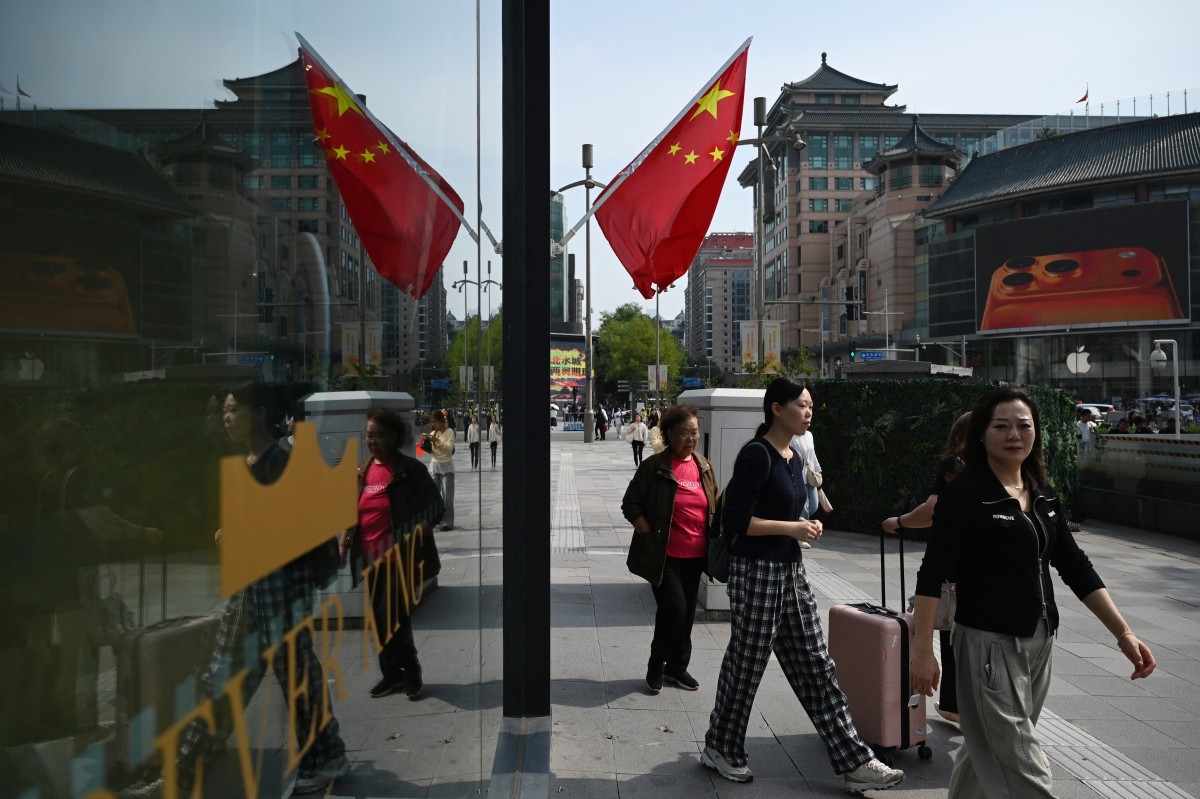ISLAMABAD: China has released official guidelines to systematically integrate artificial intelligence into government operations, aiming to enhance efficiency, decision-making, and security.
The guidelines have been issued by the Cyberspace Administration of China and the National Development and Reform Commission, said a statement posted on Chinse government website on Saturday.
According to the statement, the guidelines provide direction for the deployment, application and continuous optimization of AI large model technologies, products and services across agencies.
Systematic and orderly approach
They aim to ensure a systematic and orderly approach to integrating AI by emphasizing planning, intensive development, people-orientation, collaborative construction and sharing, as well as ensuring high efficiency, safety and effectiveness.
The guidelines emphasize scenario-driven approaches.
“By focusing on common and high-frequency needs in areas such as governmental services, social governance, office operations and decision-making support — governmental departments are encouraged to select typical scenarios for the exploration and application of AI large models based on local conditions and existing technological foundations to standardize deployment,” the statement said.
‘Coordinated and intensive’
The Chinese government issued guidelines state that AI deployment in government affairs should be coordinated and intensive.
“Prefectural cities should follow provincial guidelines, while counties should reuse computing power and model resources from higher-level governments.”
Additionally, data governance should be strengthened to improve data quality and support optimized AI model training, the guidelines said.
The guidelines also stress the importance of operational management, noting that departments should balance workload reduction with technological empowerment — avoiding excessive focus on technological advancement and preventing "digital formalism".
Model hallucinations
“A life cycle management system should define application methods and boundaries, emphasizing AI's auxiliary role to mitigate risks such as model hallucinations,” the official statement says.
The guidelines propose the implementation of robust safety management, including the establishment of a safety responsibility system to clarify safety duties and tasks, and enhance the capacity to respond to AI security risks.
Additionally, adhering to confidentiality requirements is essential to prevent the input of State secrets, work secrets and sensitive information into nonclassified AI large models, thereby mitigating the risk of leaks caused by the aggregation and association of sensitive data.
The guidelines also emphasize the need to strengthen organization and implementation by accelerating the development of a national standard system for AI large models in the government affairs sector and establishing key standards.
Improving digital literacy
This also involves promptly summarizing and promoting typical scenarios and innovative applications.
Monitoring and evaluation should be conducted by establishing a comprehensive system for the entire process of deploying and applying AI large models in the government affairs sector to facilitate continuous iterative optimization, according to the guidelines.
Training and publicity efforts should be enhanced to improve the application capabilities and proficiency of staff and to elevate the digital literacy of the entire population, the statement concludes.




.jpg)


